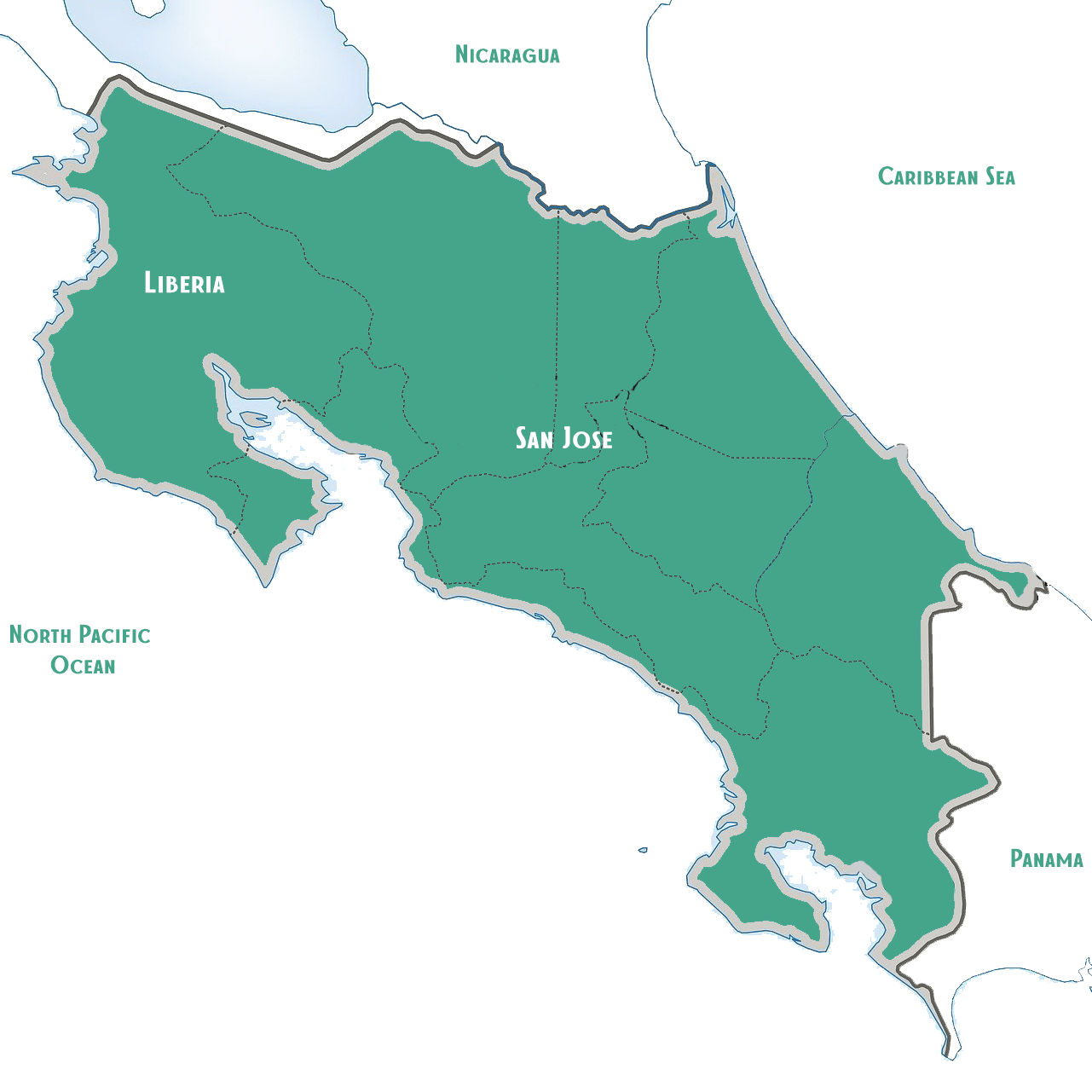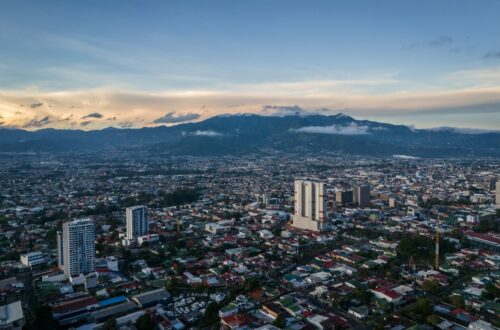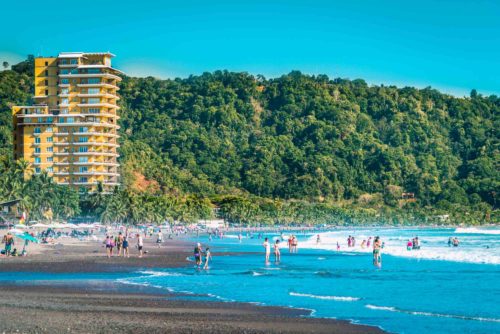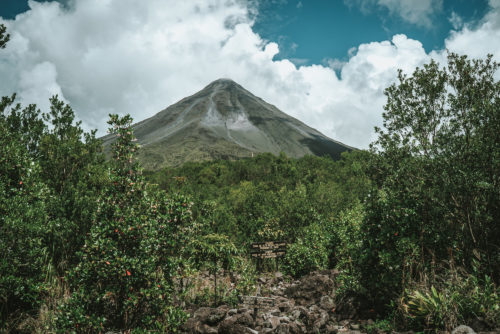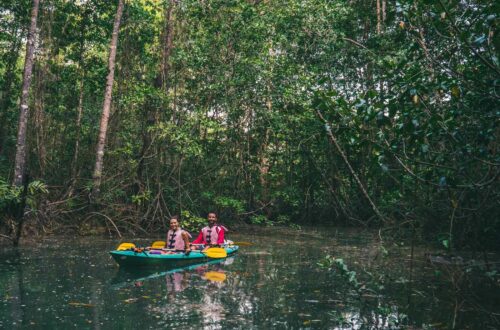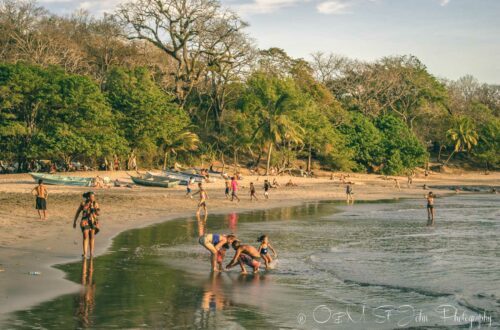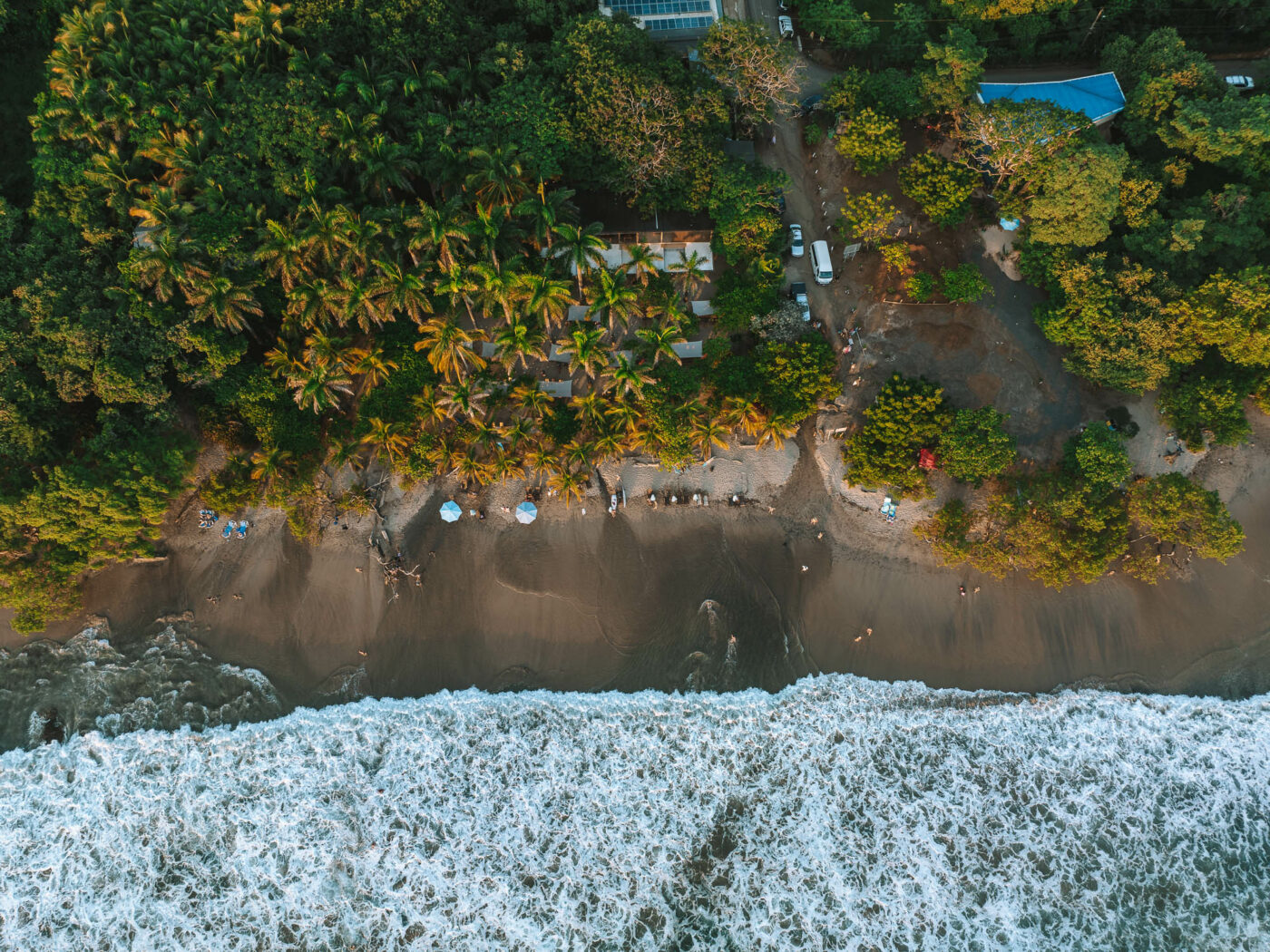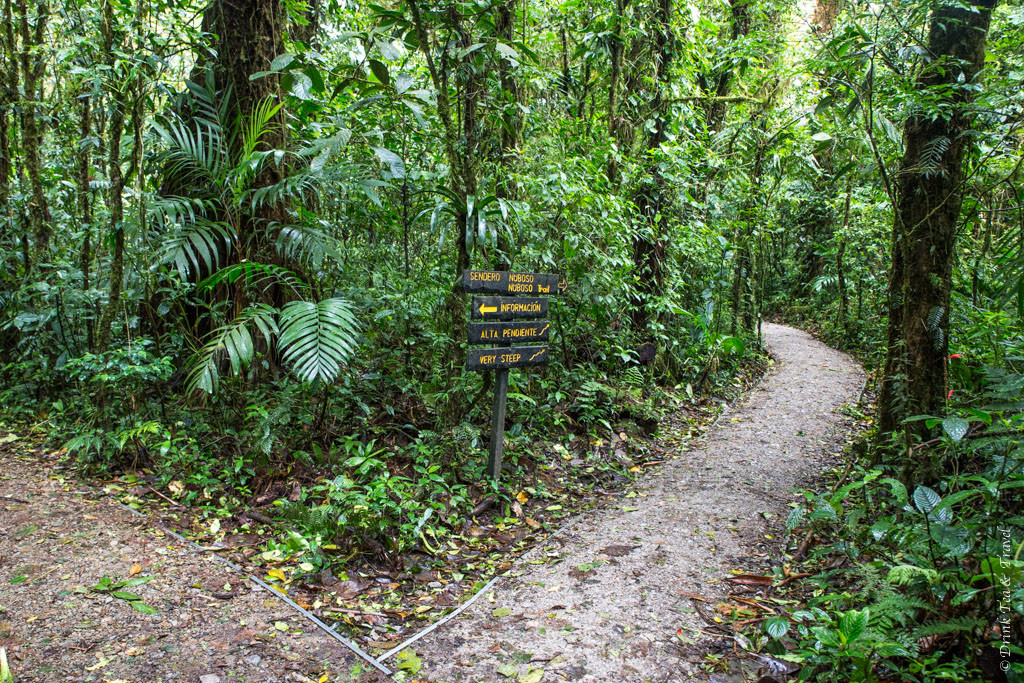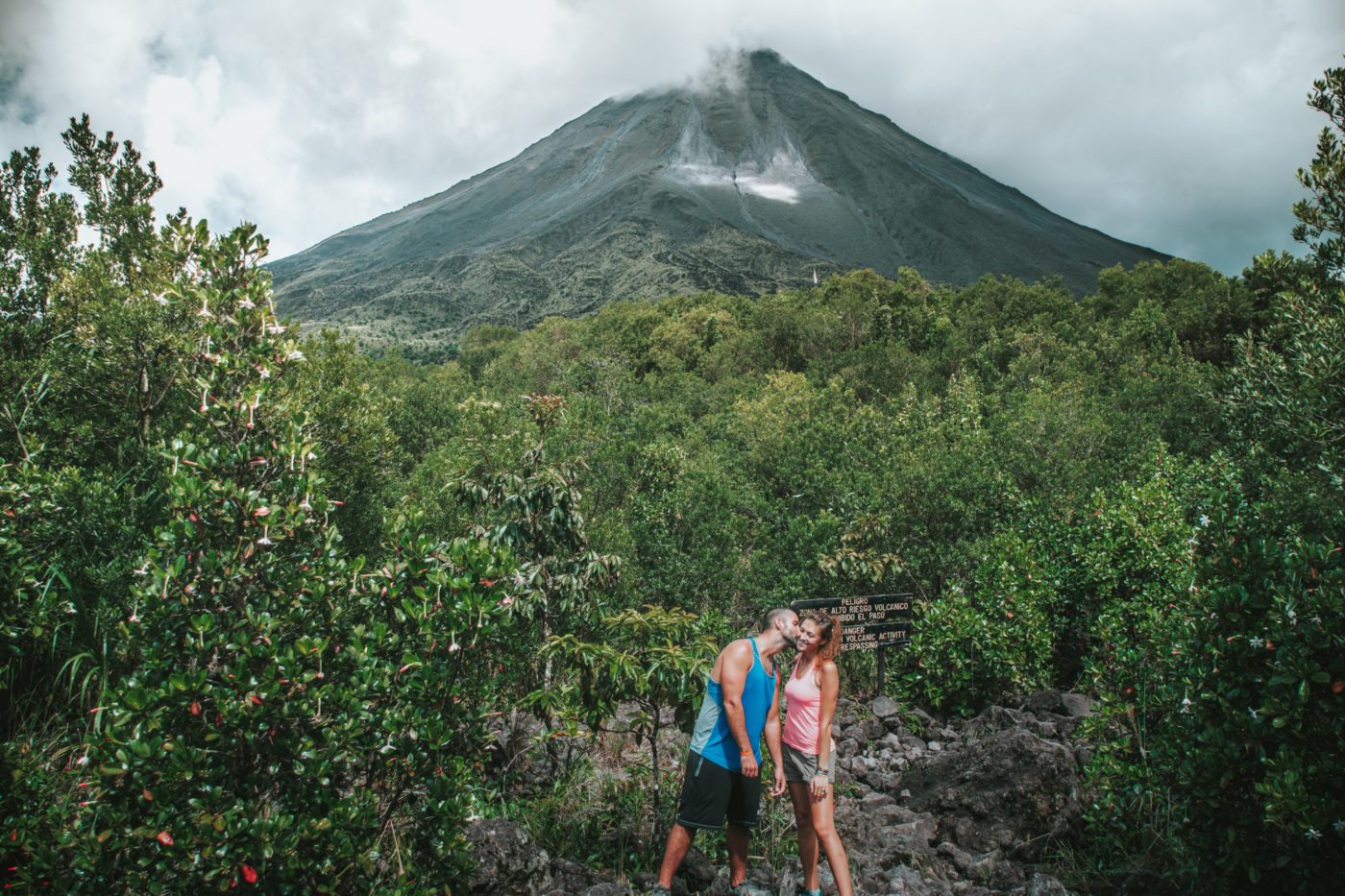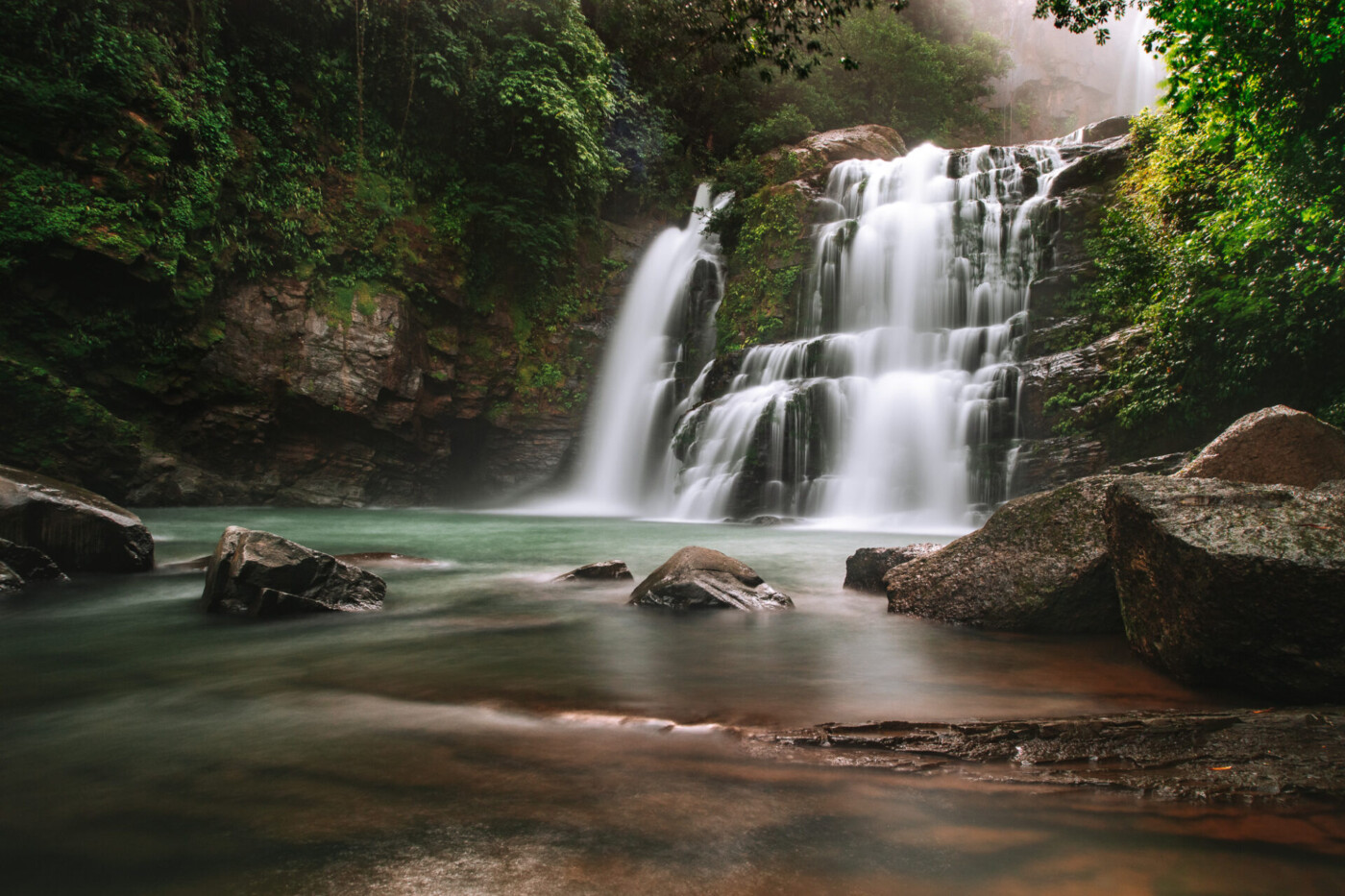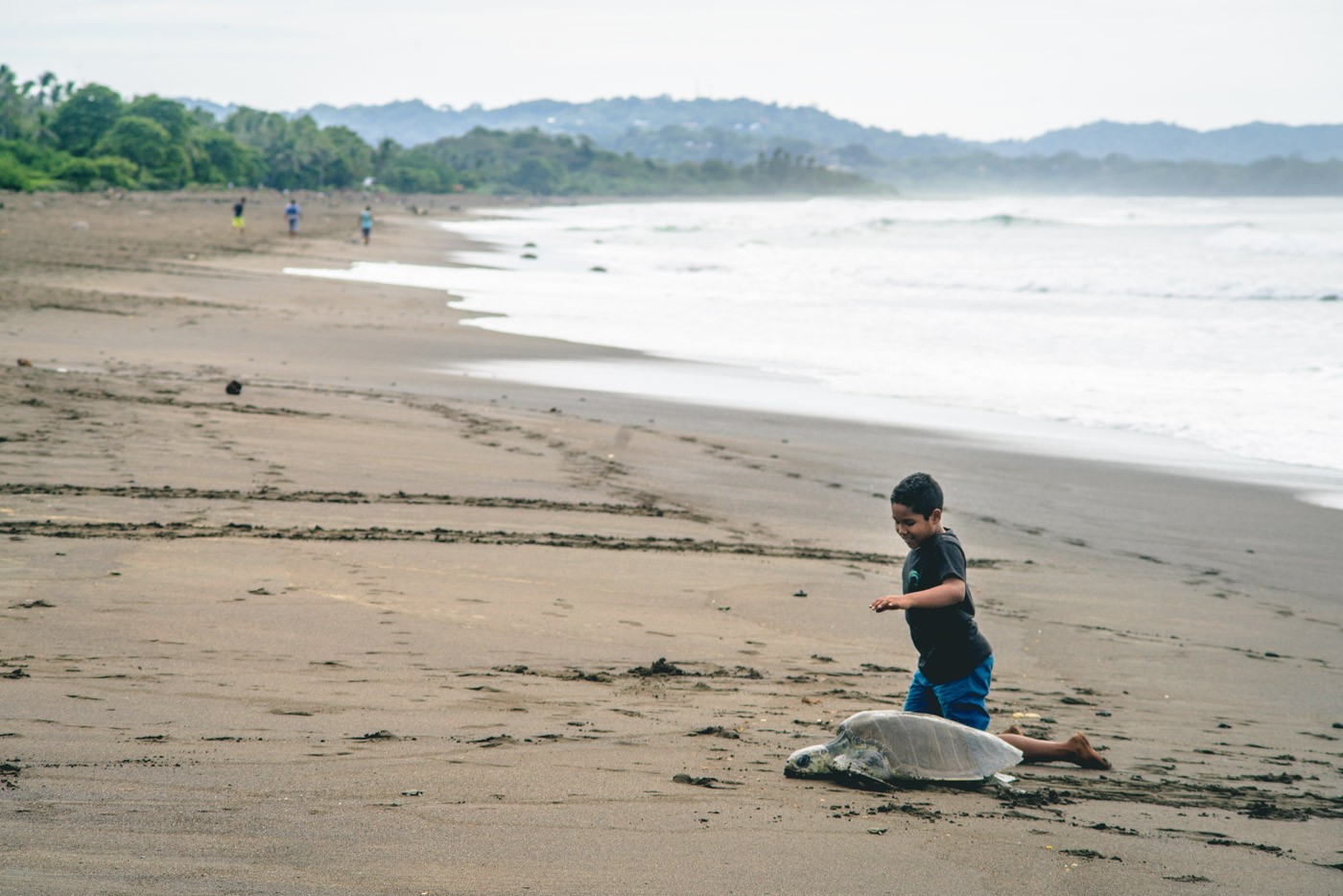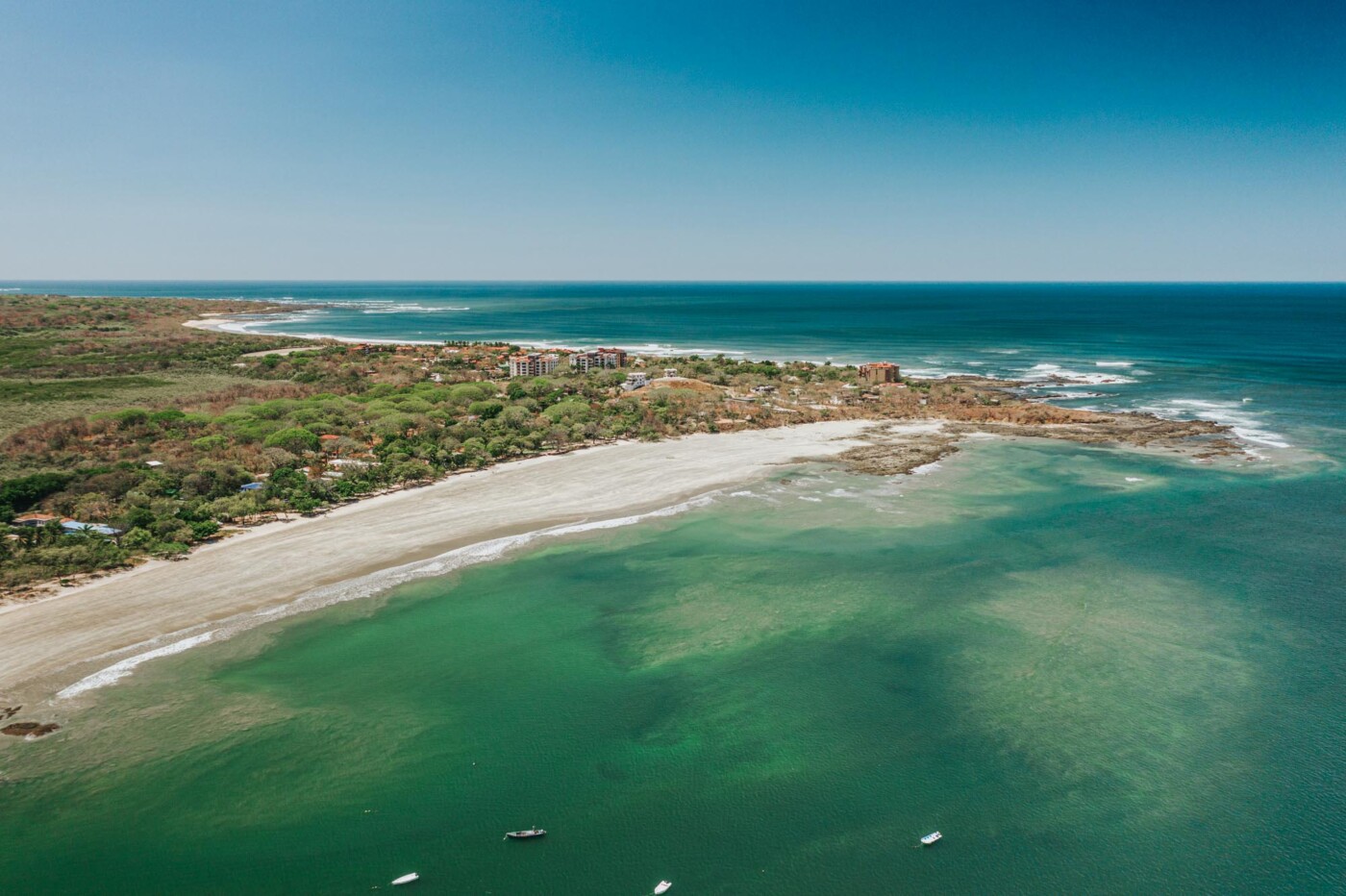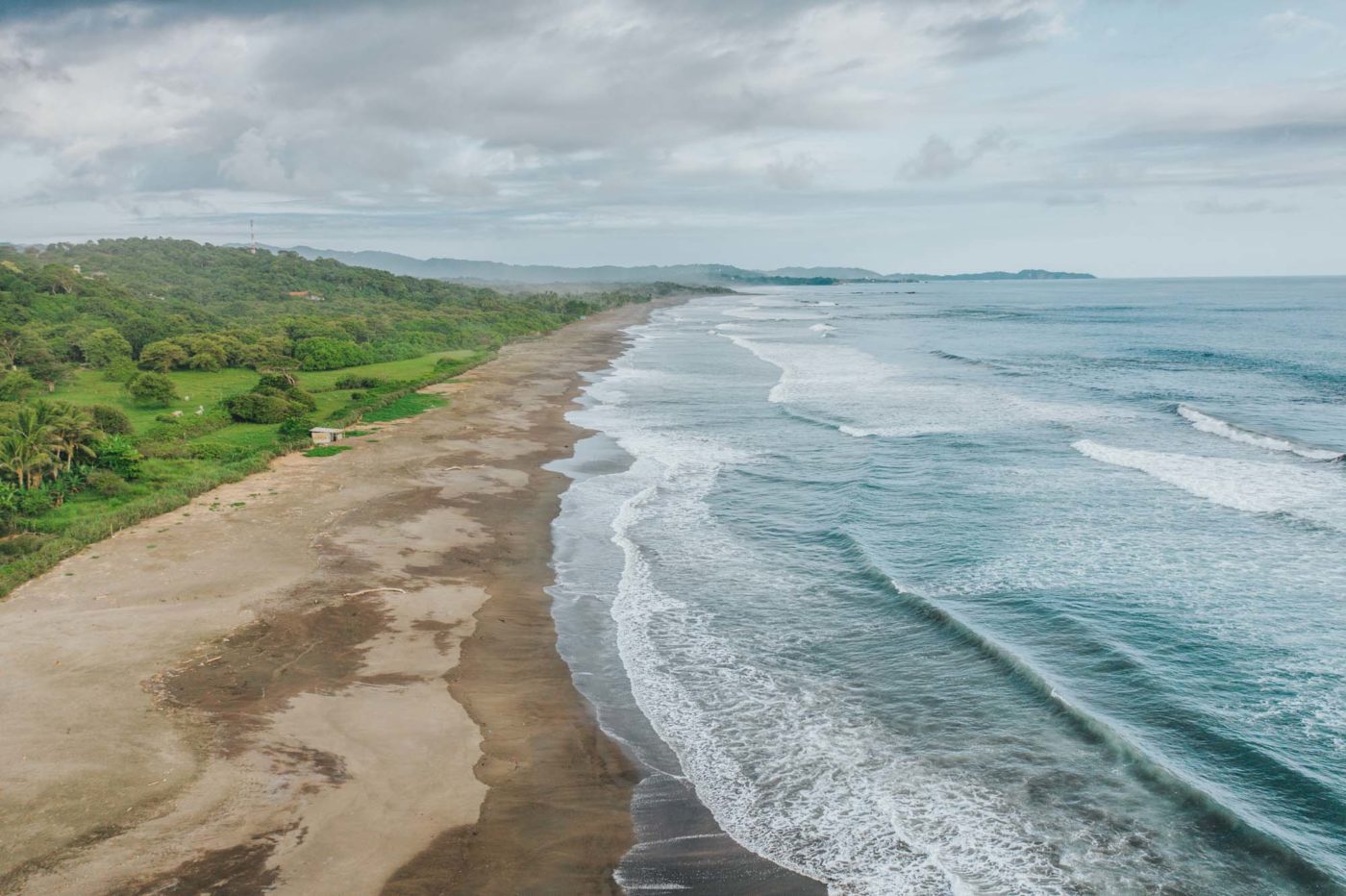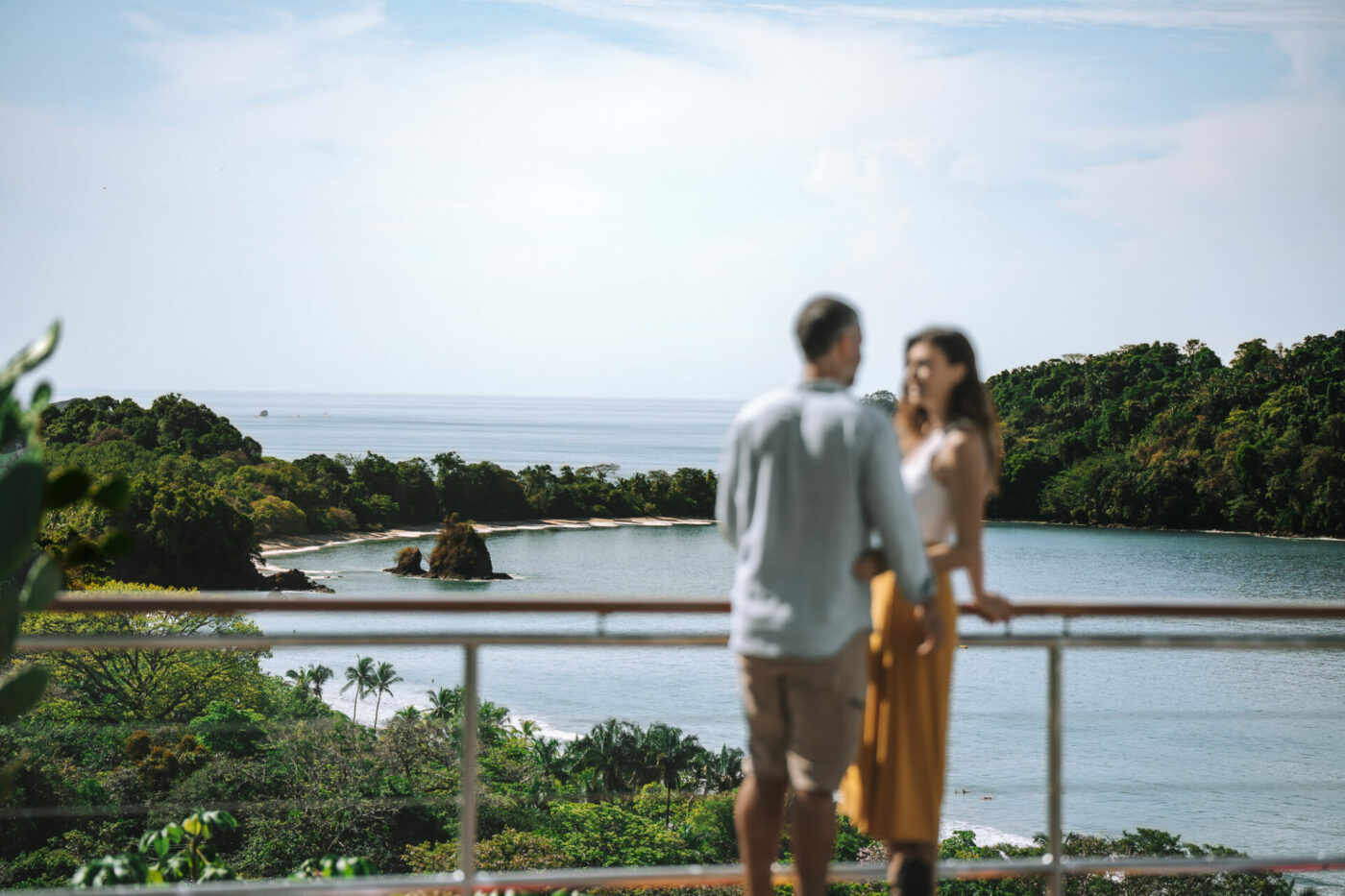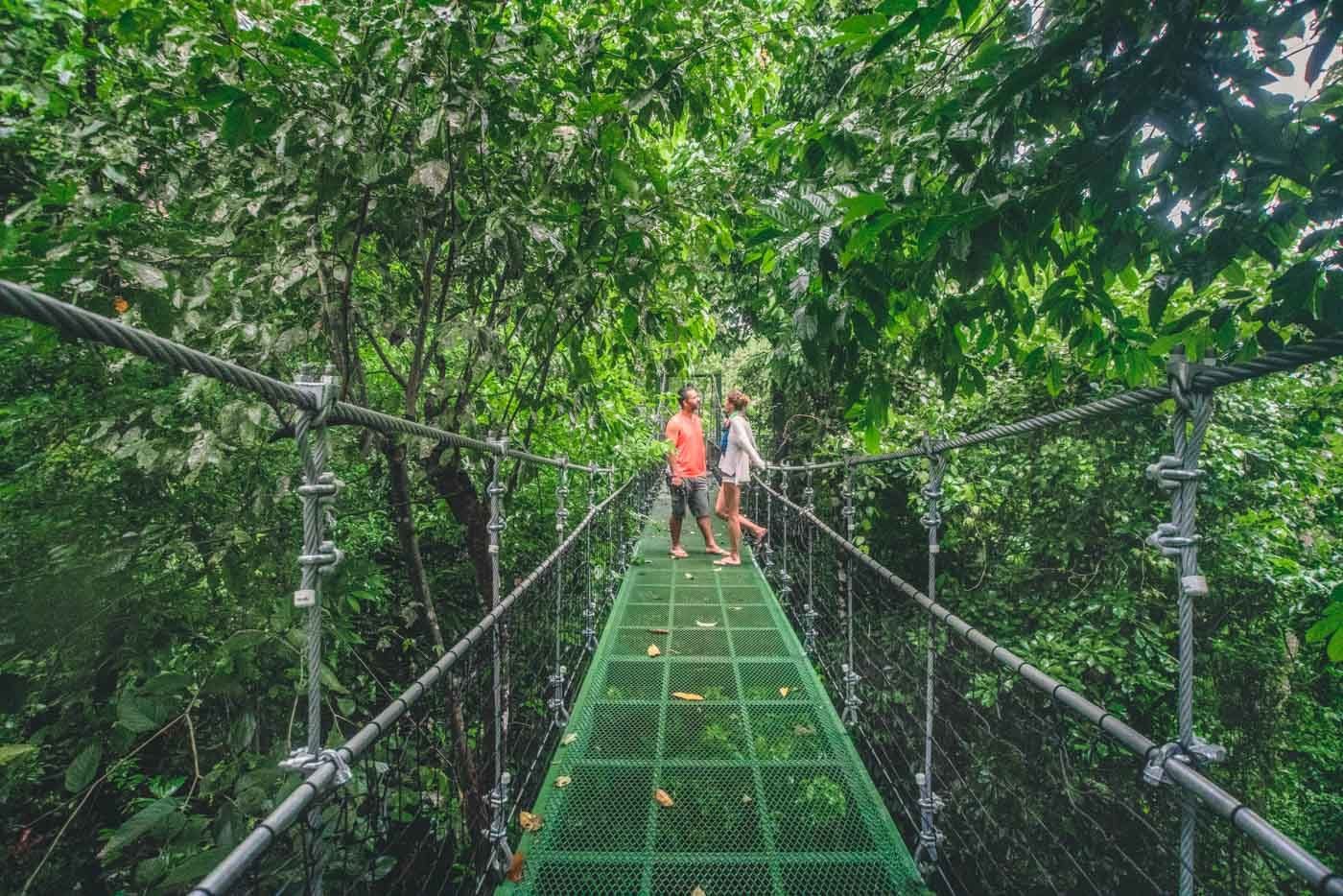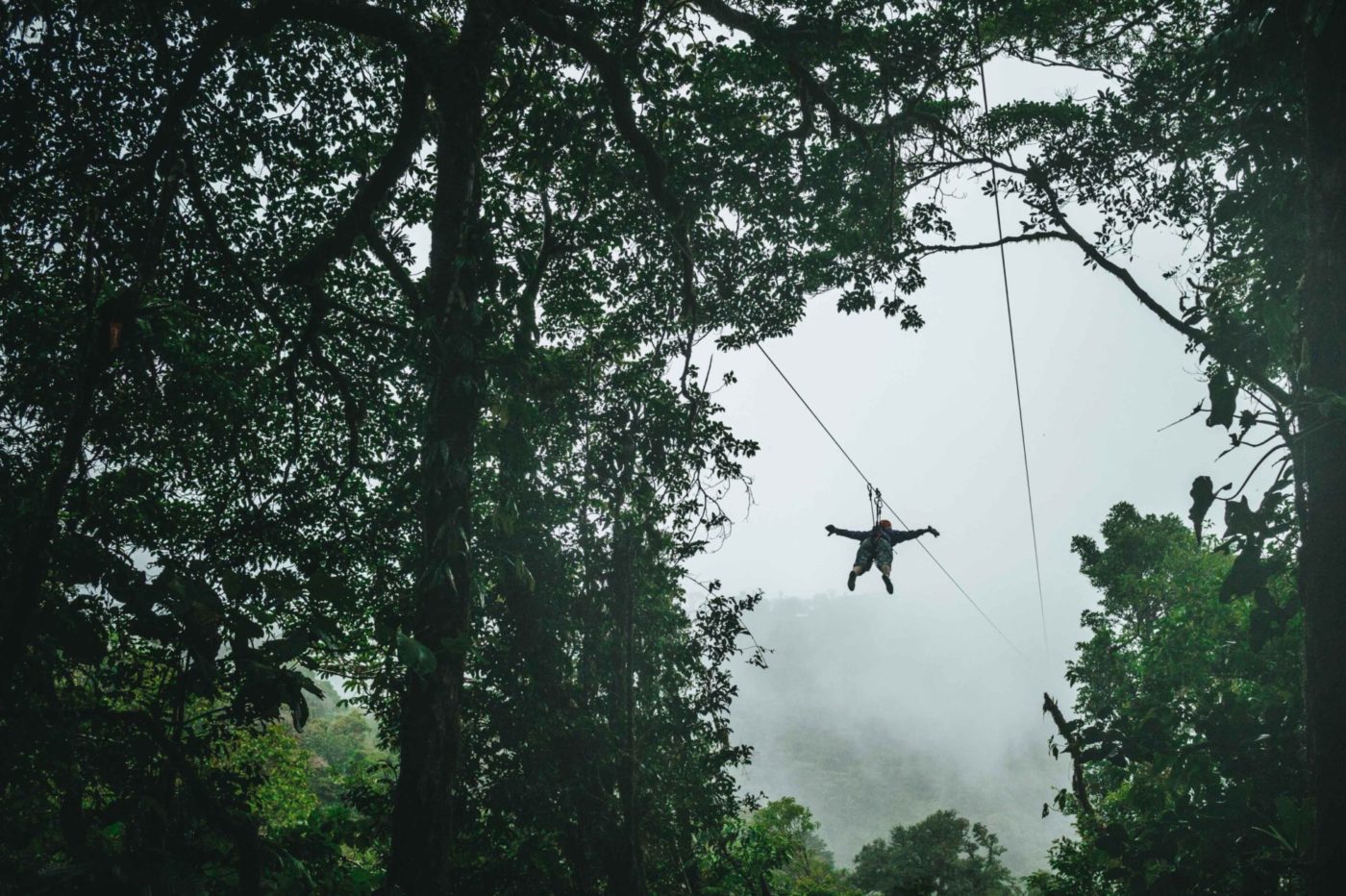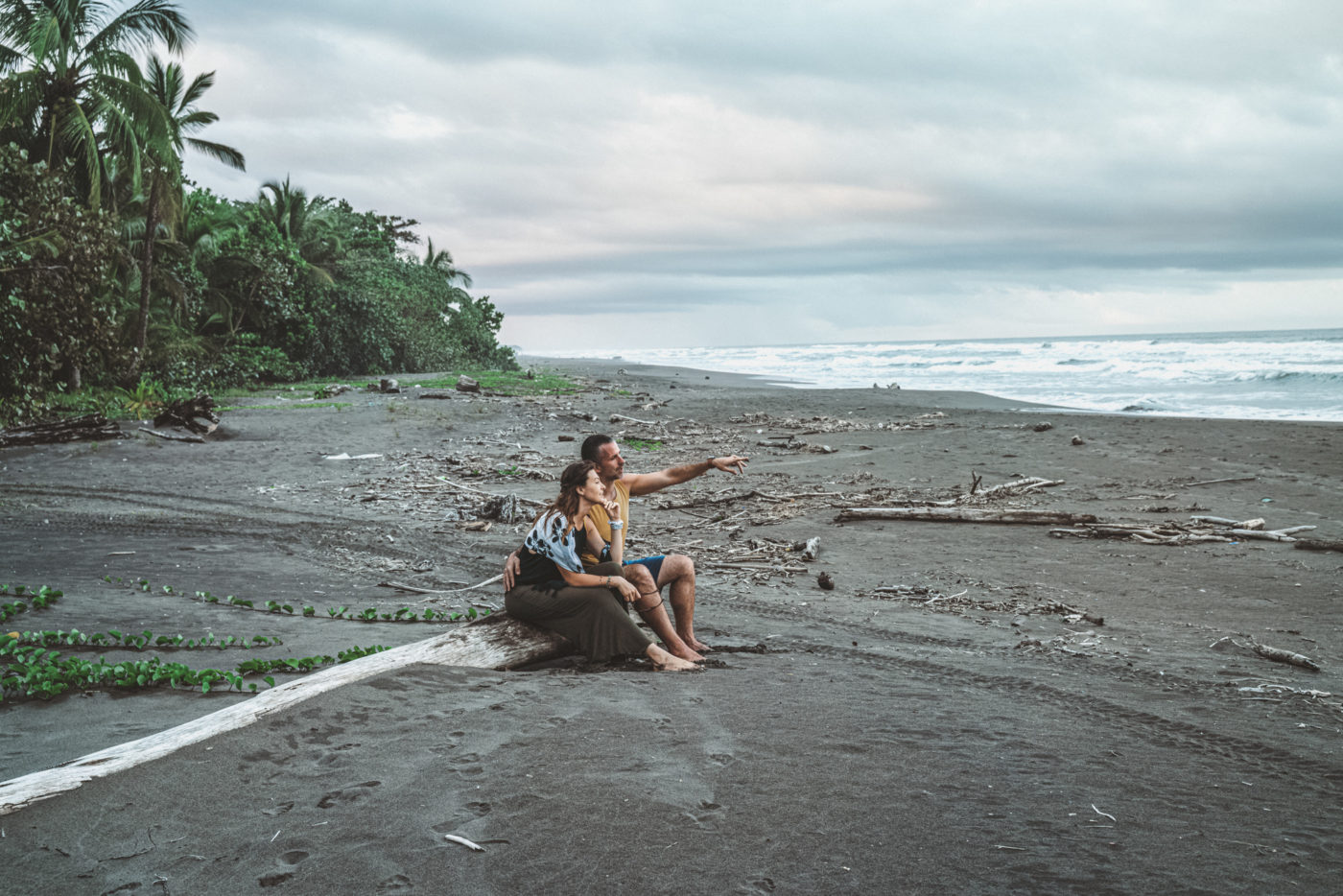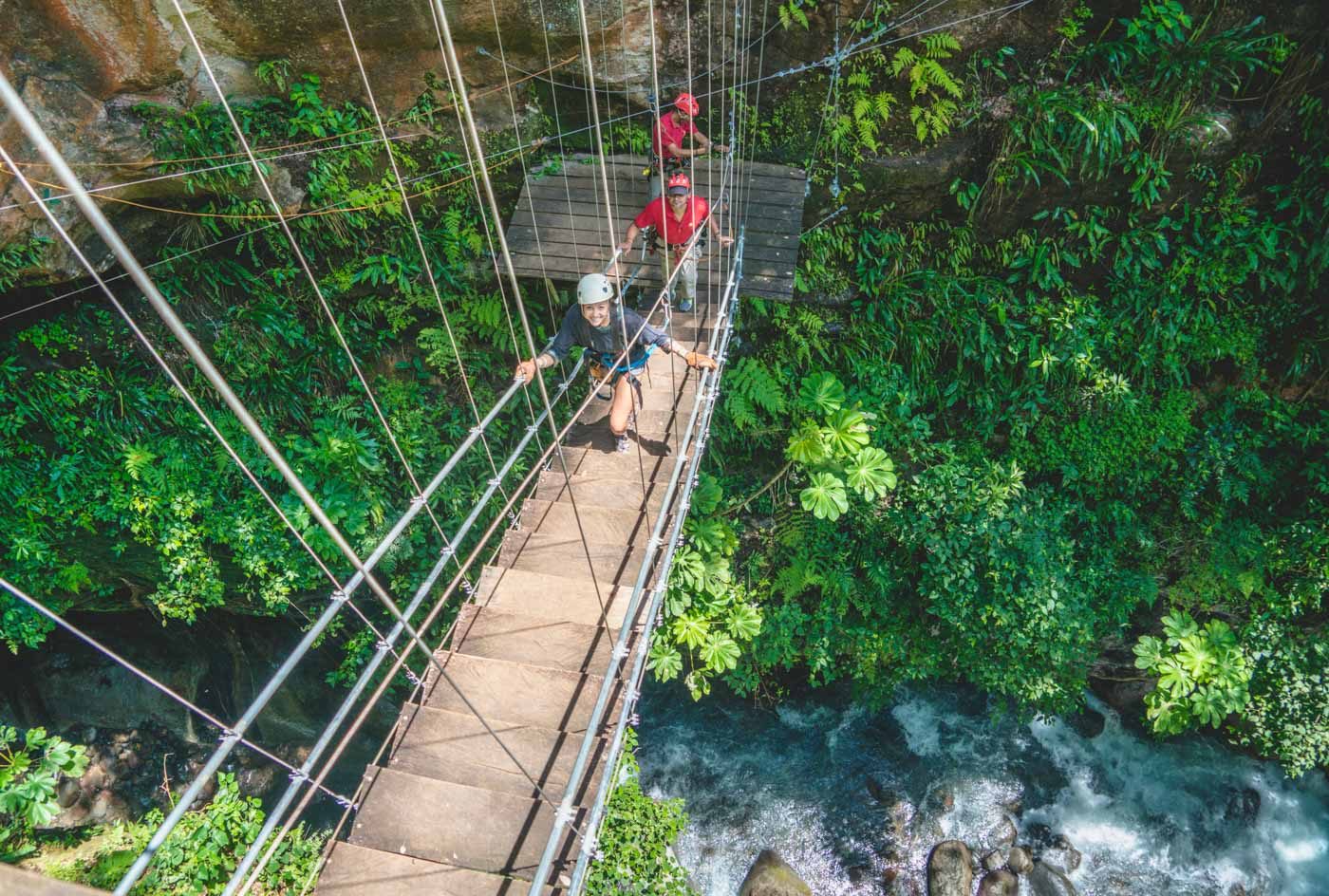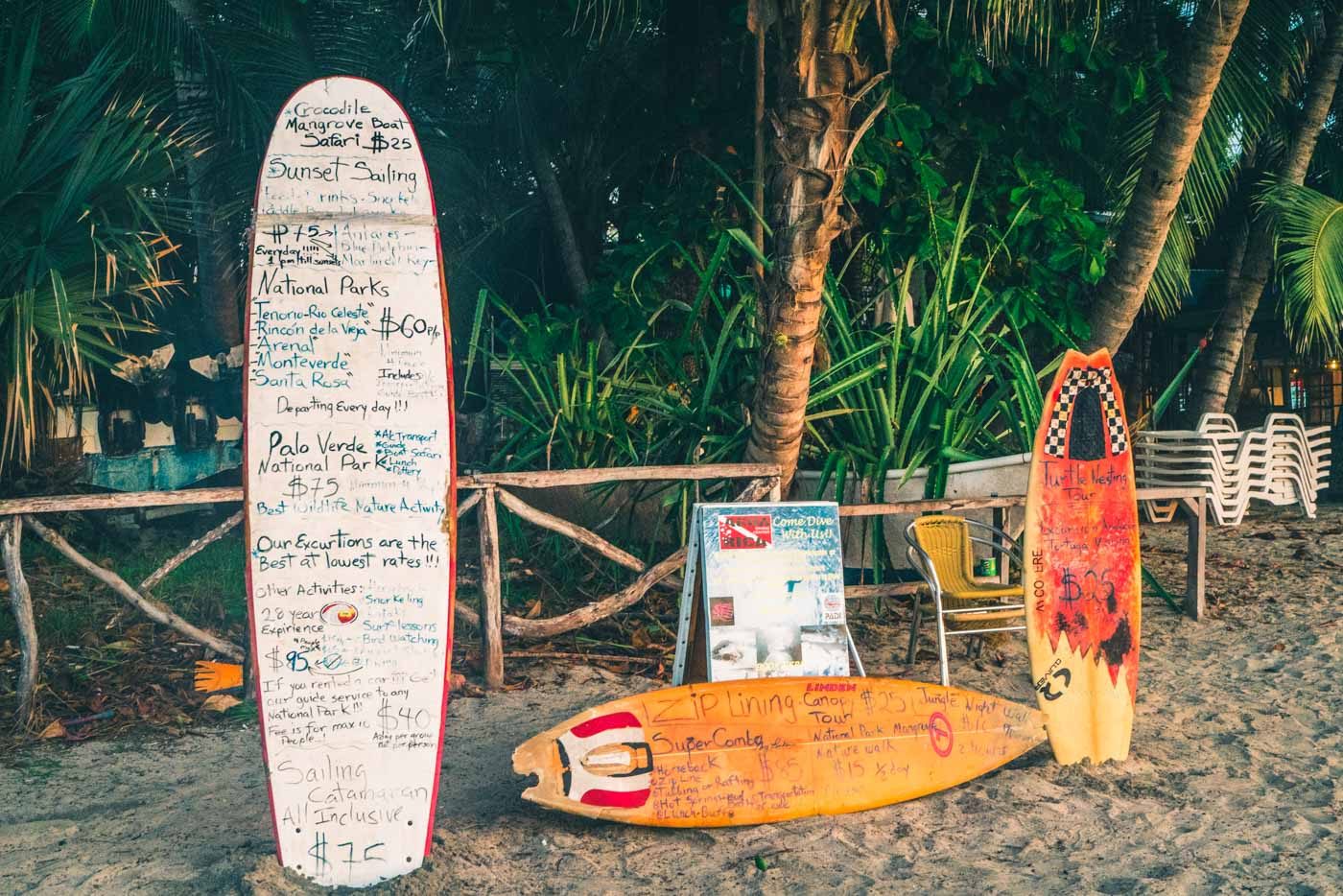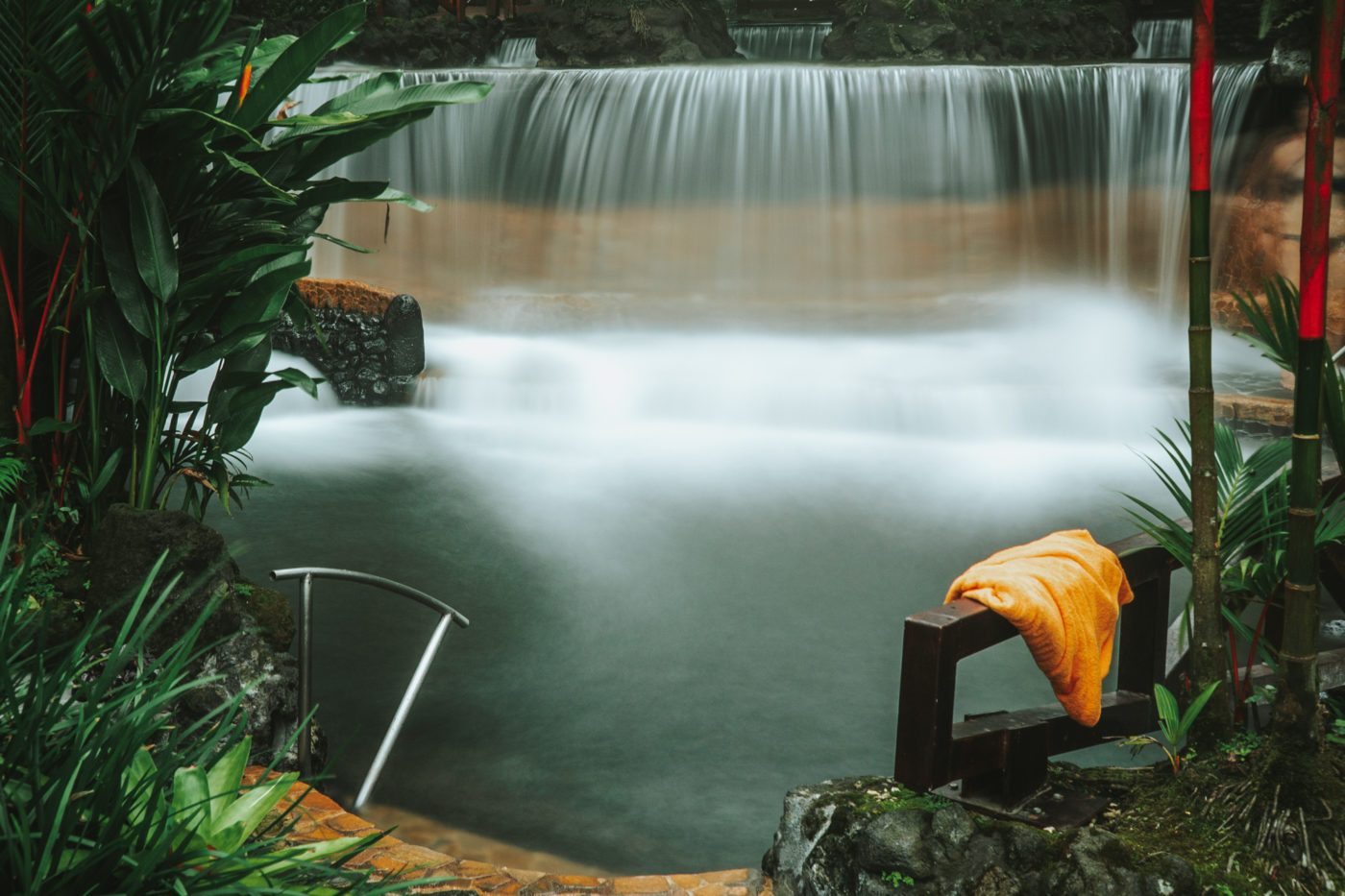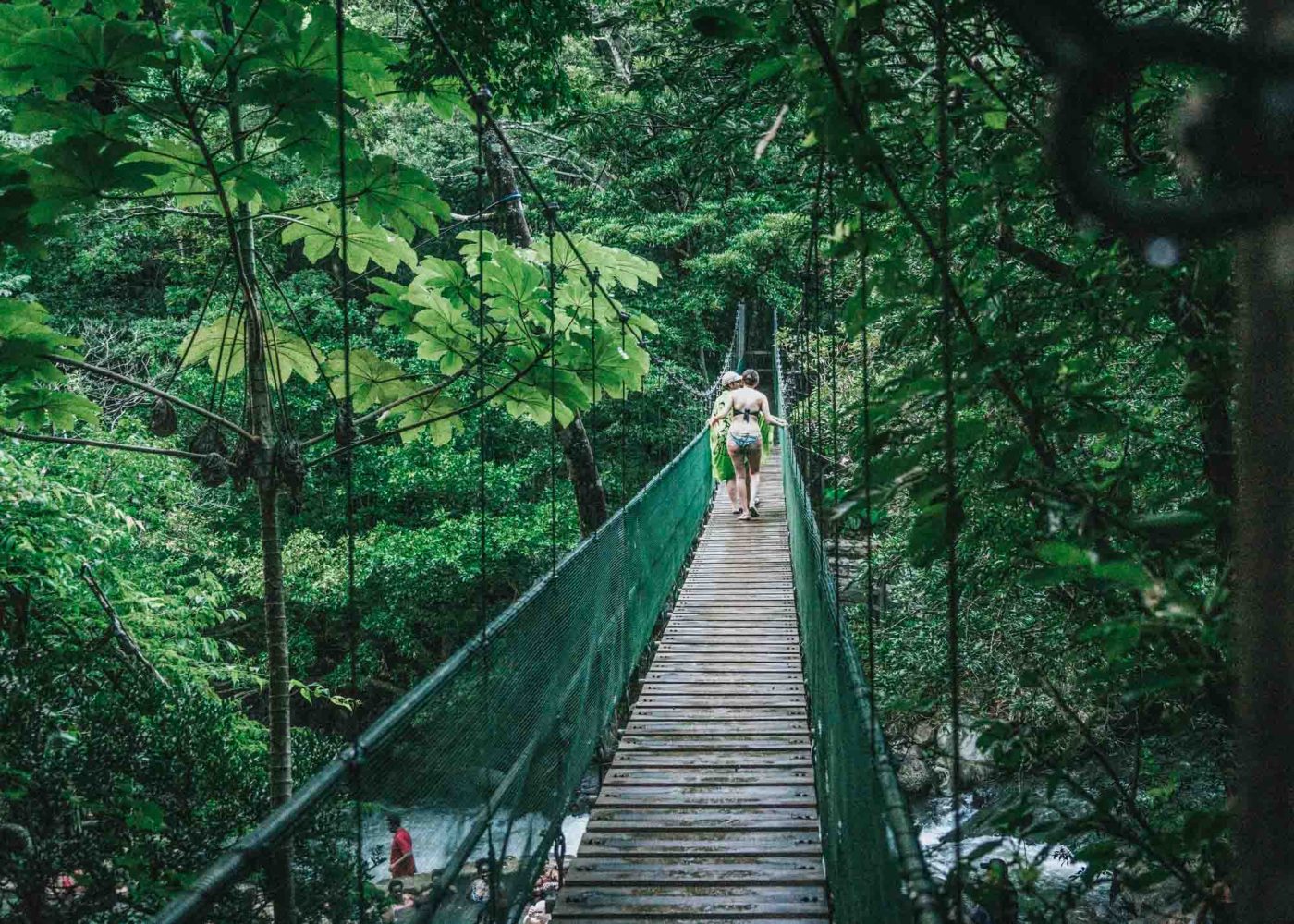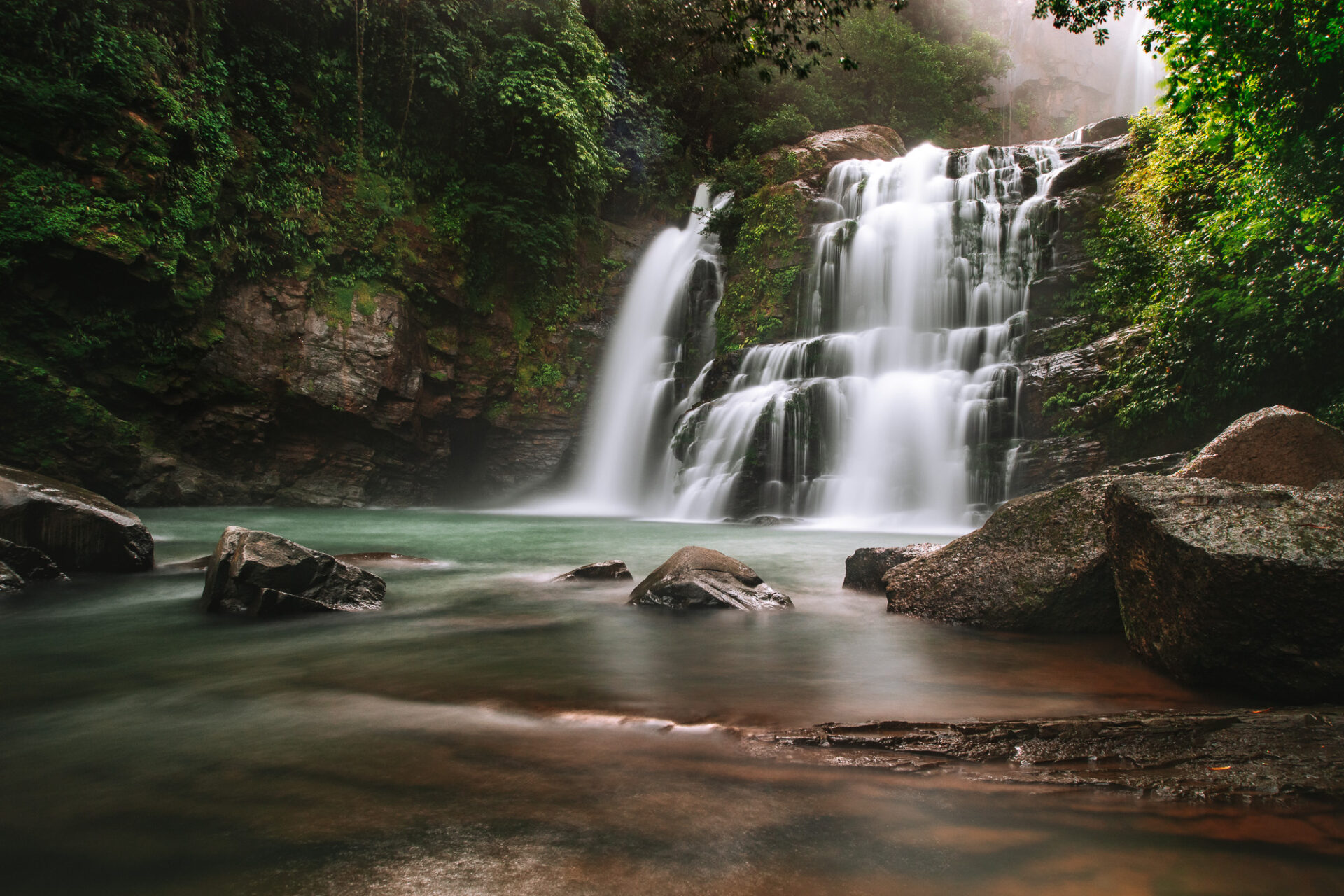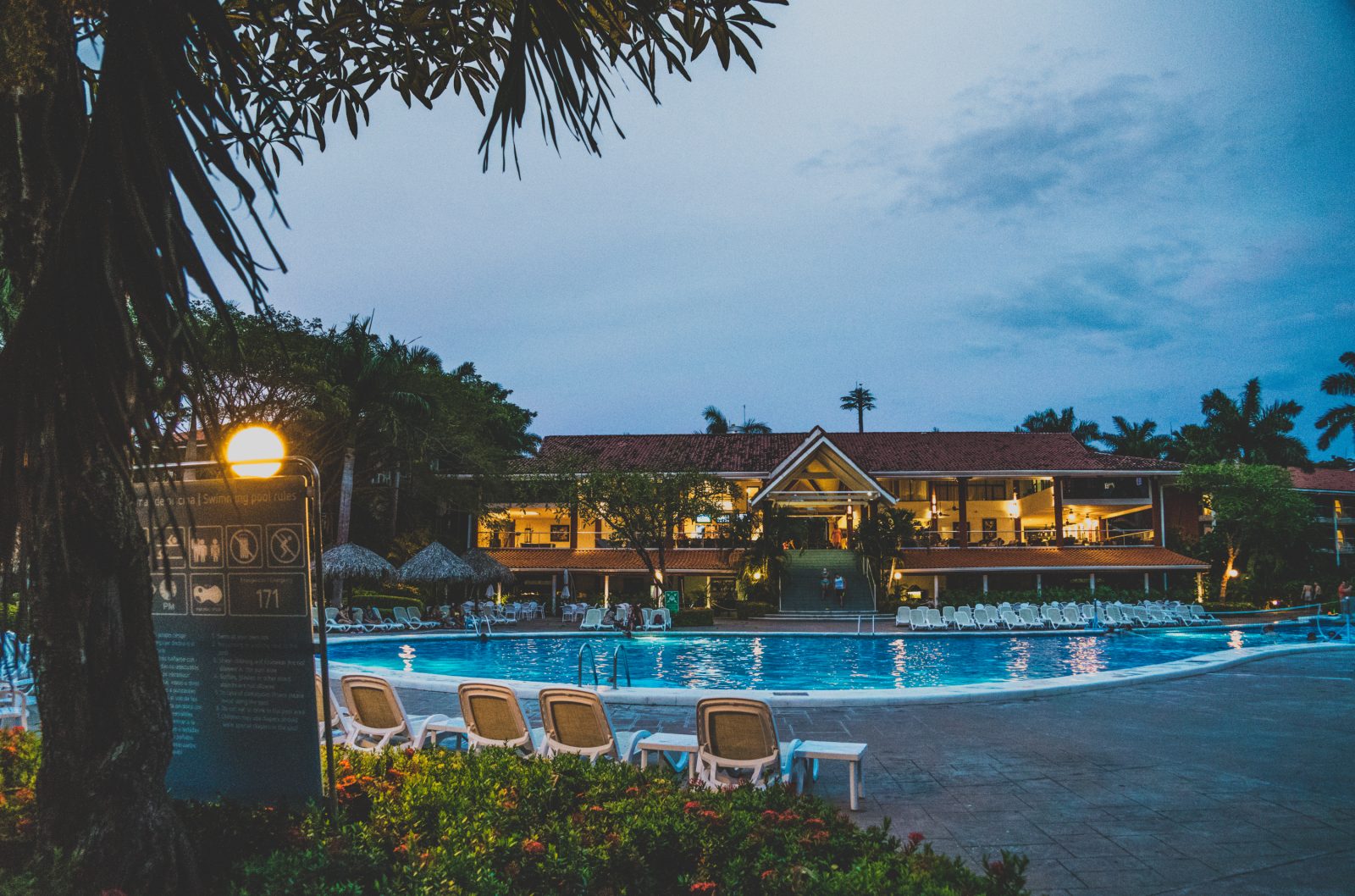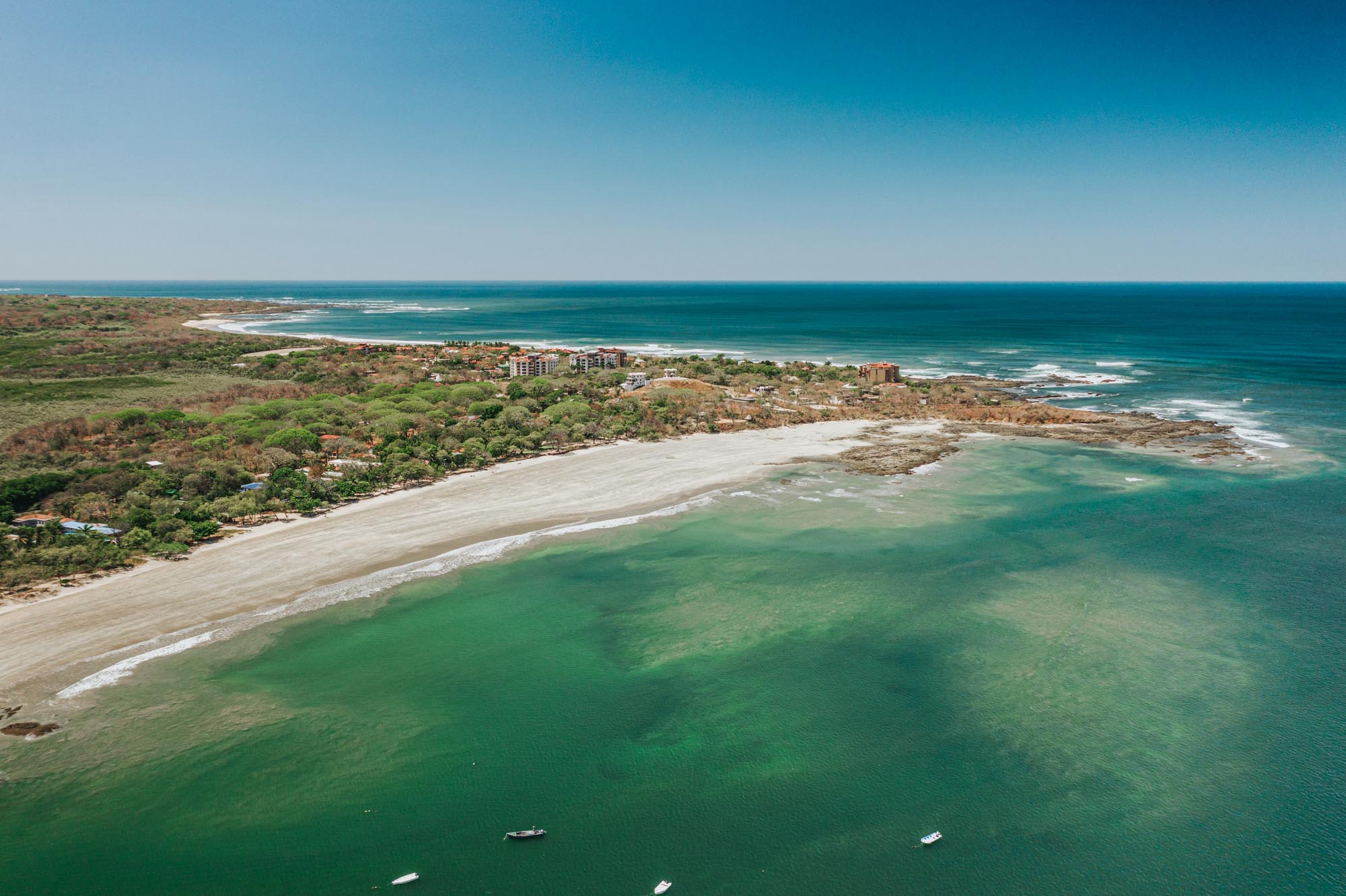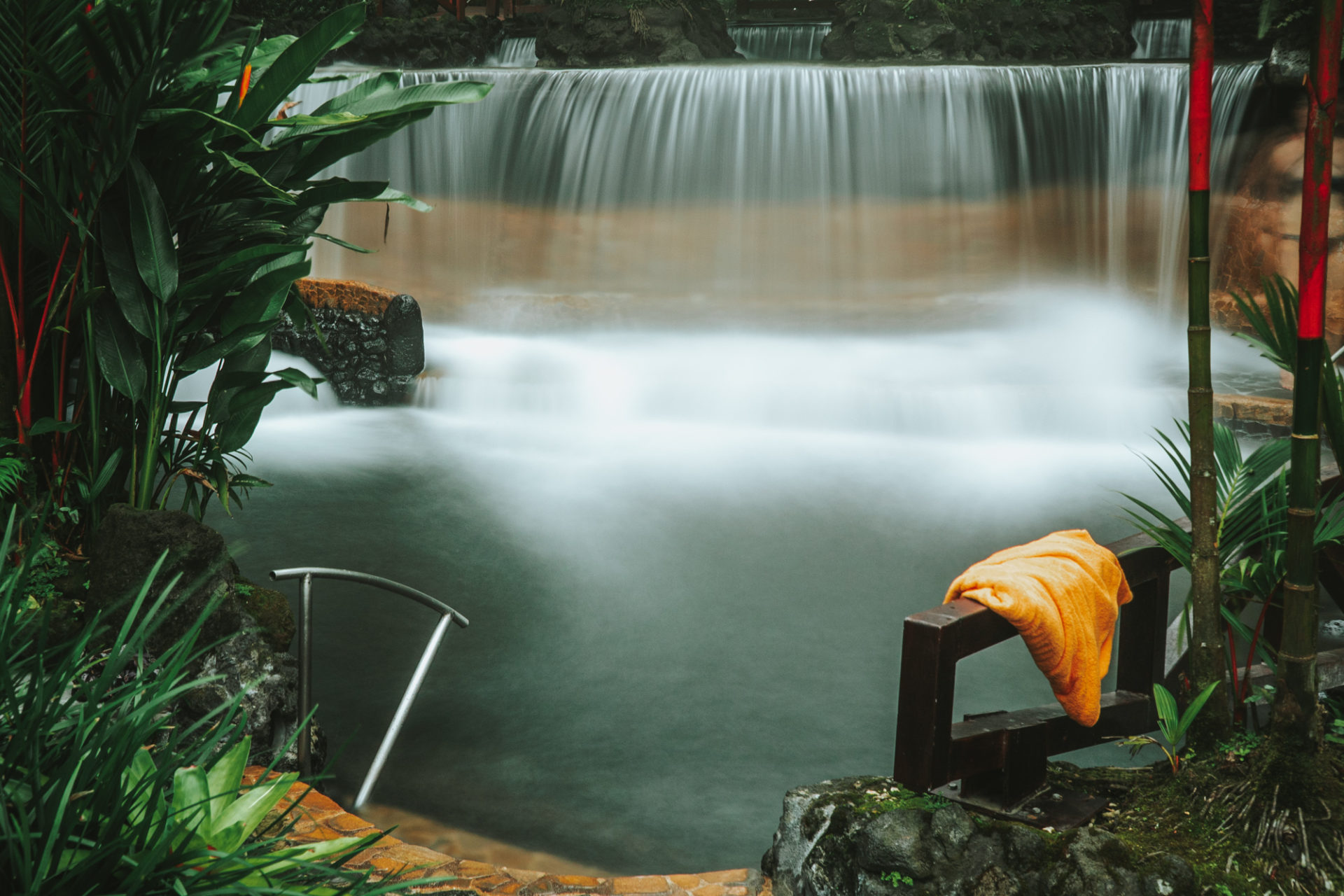Costa Rica
Despite being one of the smallest countries in the Americas, Costa Rica is one of the most biologically diverse countries in the world. It’s a popular destination choice for nature lovers, adventure seekers and eco-tourism enthusiasts.
Over the years, Costa Rica has become our home away from home. We visit Costa Rica multiple times a year to see family, to relax on the beaches on Guanacaste, and explore new destinations around the country.
We’ve compiled a large collection of tips and advice for visiting this beautiful country’s top destinations and lesser-known spots.
Is Costa Rica Safe to Visit in 2023?
Hint: Yes, it absolutely is safe, but be sure to read the details in the article!
Explore Costa Rica
Best time to Visit Costa Rica
Dry Season: December - April
The lack of rain and high temperatures make it a more popular time for vacationers. However, prices during the high season are also higher and the vegetation, particularly in Guanacaste is much less beautiful than it is in the green season.
Green Season: May - November
Rainfall is heavier and prices are cheaper during this time. There are also fewer crowds. Heavy rains yield lush and beautiful foliage across the country.
What to Expect
Language
Spanish is the primary language in Costa Rica. It's formal, clean and easy to understand with few colloquialisms. English is spoken in most tourist establishments.
Currency
Costa Rica’s national currency is the Costa Rican colón (CRC), although US dollar is unofficially accepted in some places throughout country.
Credit Cards & ATM
Credit Cards are accepted in most hotels, restaurants, and other establishments. Some smaller shops and stalls in farmers markets might still rely on cash, so always carry some with you.
Plugs
Voltage in Costa Rica is 120 V, 60Hz. Sockets are American style, types A or B.
Getting Around
The easiest way to get around Costa Rica is by renting a car. Most roads in Costa Rica are paved and are fairly easy to drive on. Public transport is a cheap alternative for backpackers.
Safety
Costa Rica is generally considered a very safe country. Although pick pocketing and small crimes do happen, particularly in San Jose, so it's important to stay vigilant during your visit.
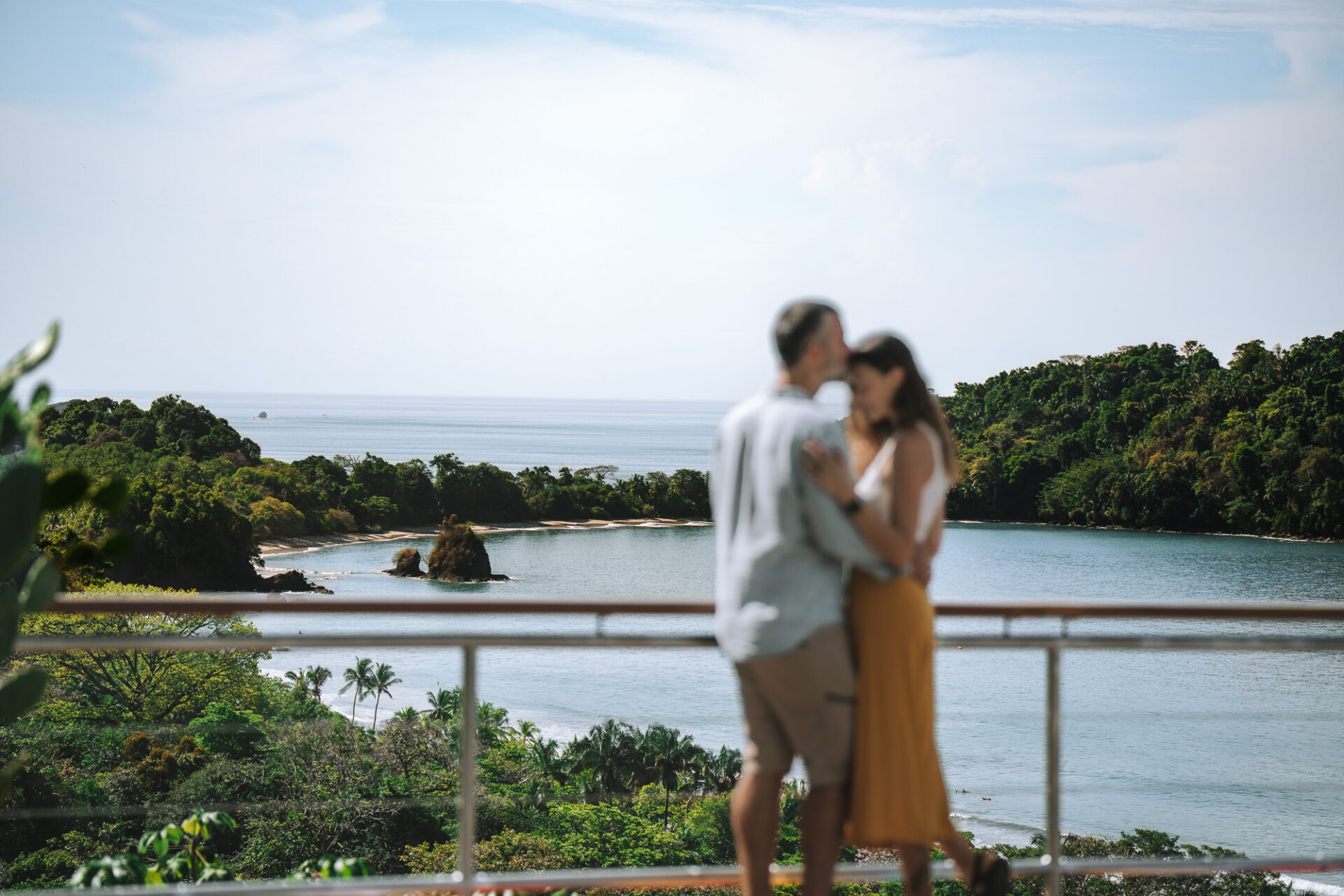
Things to Know Before Traveling to Costa Rica

Planning a Wedding in Costa Rica
If you are considering a Costa Rica destination wedding for your upcoming nuptials, we hope that our advice and tips can help make the planning process and a lot less daunting!
Popular Experiences
Explore
Costa Rica
Explore Costa Rica
- Best of Costa Rica
- Costa Rica Planning
- Costa Rica Hotels
- Costa Rica Beaches
- Costa Rica Waterfalls
- Costa Rica Activities
- Costa Rica Destination Guides
- Costa Rica Surf
- Costa Rica Culture
- Costa Rica National Parks

